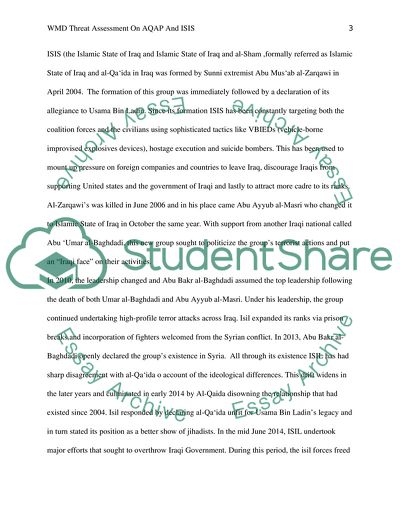Cite this document
(“Assessment of the Terrorist Threat of ISIS and AQAP Research Paper”, n.d.)
Assessment of the Terrorist Threat of ISIS and AQAP Research Paper. Retrieved from https://studentshare.org/military/1868203-threat-assesment-on-isis-and-aqap
Assessment of the Terrorist Threat of ISIS and AQAP Research Paper. Retrieved from https://studentshare.org/military/1868203-threat-assesment-on-isis-and-aqap
(Assessment of the Terrorist Threat of ISIS and AQAP Research Paper)
Assessment of the Terrorist Threat of ISIS and AQAP Research Paper. https://studentshare.org/military/1868203-threat-assesment-on-isis-and-aqap.
Assessment of the Terrorist Threat of ISIS and AQAP Research Paper. https://studentshare.org/military/1868203-threat-assesment-on-isis-and-aqap.
“Assessment of the Terrorist Threat of ISIS and AQAP Research Paper”, n.d. https://studentshare.org/military/1868203-threat-assesment-on-isis-and-aqap.


